Signing Order: What It Is and How to Use It

Have you ever woken up wishing you had more contracts to print, sign, scan, and send? Unlikely. How about organizing the signing order of a new project proposal document that has to be signed by four people? If this doesn't sound like fun to you, you're not alone.
The truth is, not many people enjoy dealing with paperwork, but it's still an essential part of closing new deals. And if you're getting ready to work with clients with set internal procedures, signing orders can make your life even more complicated.
What we'll cover
- What a signing order is
- When a signing order matters
- Benefits of digital signing orders
- How to set up a signing order in Better Proposals
What is a signing order?
As the name suggests, a signing order is the sequence in which recipients need to sign your document. In general, it is reserved for more complex workflows that require multiple people to approve a process.
For example, if you're negotiating a deal with a corporation, your business proposal is likely to go through several departments. More often than not, the final signature will be the one by the person with the most authority on the matter. In addition to that, you also might need to countersign the document depending on the company's standard practices.

Why does the signing order matter?
Long story short, the signing order matters only in some cases. For example, if you're sending a proposal to promote a new product or a service to four Regional Managers of the same company, the signing order won’t make much of a difference. As a matter of fact, one of those managers could not sign the proposal at all and you could still go forward with the other three based on their signatures.
However, things get more complicated when your project includes multiple people with different contractual responsibilities. Let's say you've sent an interior design proposal for a corporate office. In this case, you might need the signatures of the Purchasing Manager, Project Manager, and CFO. Since all of those roles imply different responsibilities during the project, you need to get all the signatures for the contract to be valid. What's more, you're now also dealing with different levels of authority:
- The Purchasing Manager, who contacted you for an offer
- The Project Manager, who is responsible for keeping the project on schedule and in budget
- The CFO, who has to approve the budget of the proposal
In cases such as this one, your signing order would need to correspond to the list above. That way, you're not only making sure everyone agrees with the project scope and budget, but you're also saving time.
What happens without a signing order?
Imagine, for instance, that you didn't set up a signing order in this scenario and you got the CFO's signature. However, the Project Manager contacts you two days later asking for changes to the timeline.
Besides having to make changes to your proposal, now you also have to get the CFO's signature again. And if this happens more than once, the experience can get frustrating for everyone involved. At the end of the day, that isn't really the first impression you were going for. So, to make sure everything goes smoothly, set up a signing order for documents with multiple parties who have different levels of responsibility.
Benefits of setting signing orders with digital signatures
Setting signing orders with digital signatures offers a lot of benefits for all parties involved due to their efficiency, security, and convenience. In addition to enabling a quick and seamless signing process and eliminating physical paperwork, using a dedicated signing system like Better Proposals also comes with the following benefits.
1. Reduced risk of fraud
Choosing to have your documents signed digitally protects your contracts, agreements, and other business documents. This is because electronic signatures are difficult to forge due to audit trails and data tracking that provide a clear history of the signing process, a key requirement often supported by GRC tools. In addition to that, advanced encryption ensures only authorized signers can sign your document, helping maintain enterprise data security.

2. Simplified signing workflow
If you're looking for a solution for your complex workflow, the answer is to eliminate as much manual admin work as possible. Creating a signing order using a digital platform means you no longer have to handle the logistics of getting your document signed in the correct order. Instead, the platform makes sure your document moves through the approval process in the right sequence.
3. No more delays
Delays often happen when multiple parties are involved in anything, and the same goes for signing a document. By setting up a digital signing order, you can collaborate with people all over the world without having to think about physical constraints. In addition to that, automated notifications and reminders eliminate the possibility of simply forgetting to follow up.
4. Regular status updates
Using a digital platform to set signing orders is the best way to stay in control of and have full visibility over the entire signing process. With real-time document status tracking, you can monitor the signing progress and take action when needed. In addition to that, electronic signature platforms offer enhanced efficiency and reduce the risk of error by integrating with your existing software (i.e., CRMs or project management systems).
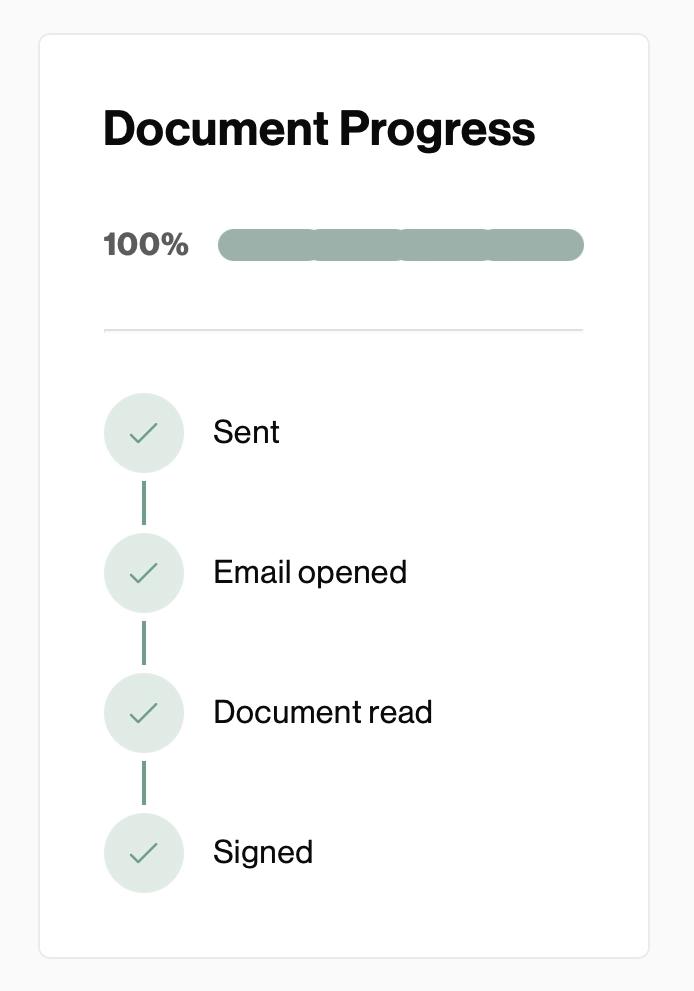
How to set up a signing order in Better Proposals
On our Premium and Enterprise plans, you have the option to set up a signing order in just a few clicks. First things first, make sure to add a signature block to your proposal in the Editor.

No matter how many signatories you want, you only need to add one signature block at this point. The full list of contacts who are getting the proposal can be edited on the Send page.
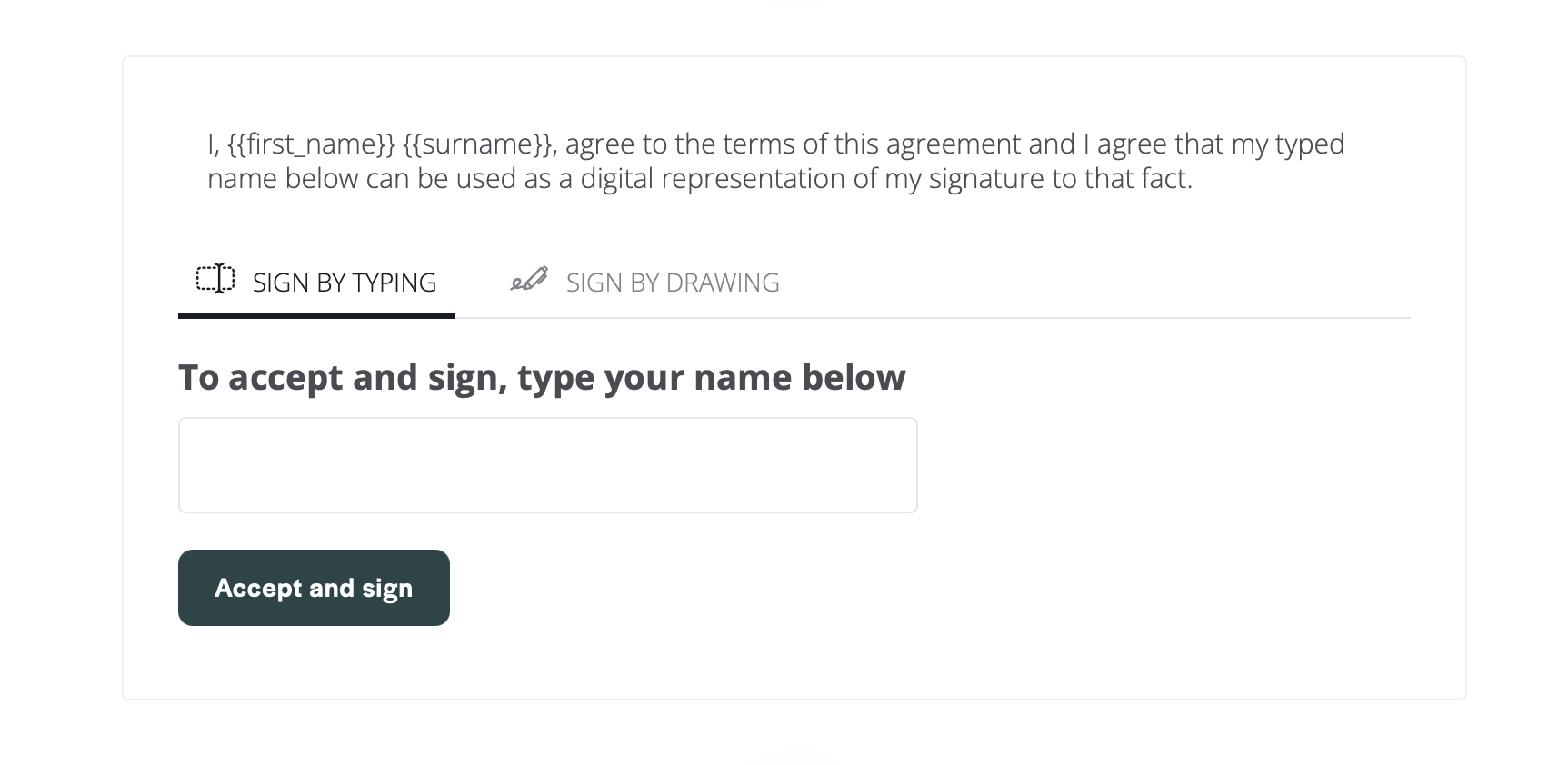
Once you're happy with the contents of your proposal and you've gone over the Document Checker suggestions, click Next in the upper right corner. Now that you've reached the Send page, go to step 2 to set up your signing order.
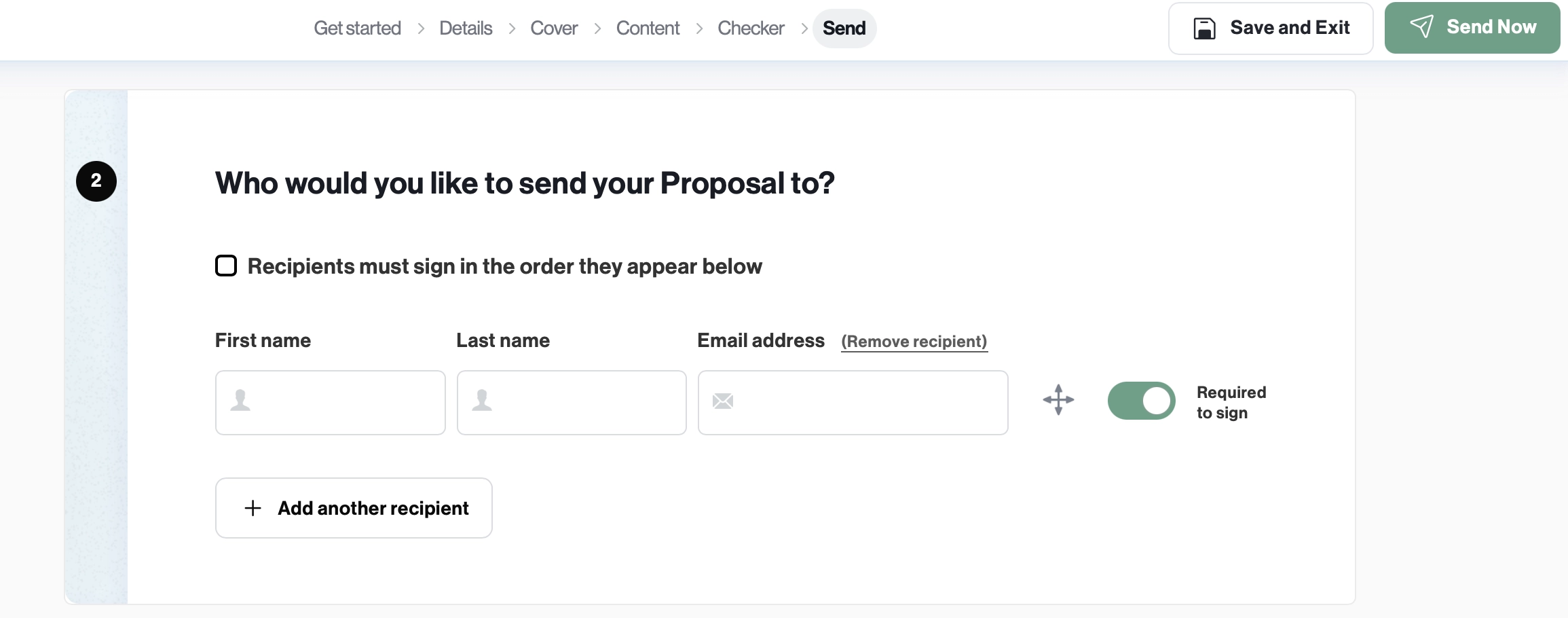
Click on the Add another recipient button to add more signatories. After that, make sure to check the box to set up a signing order.
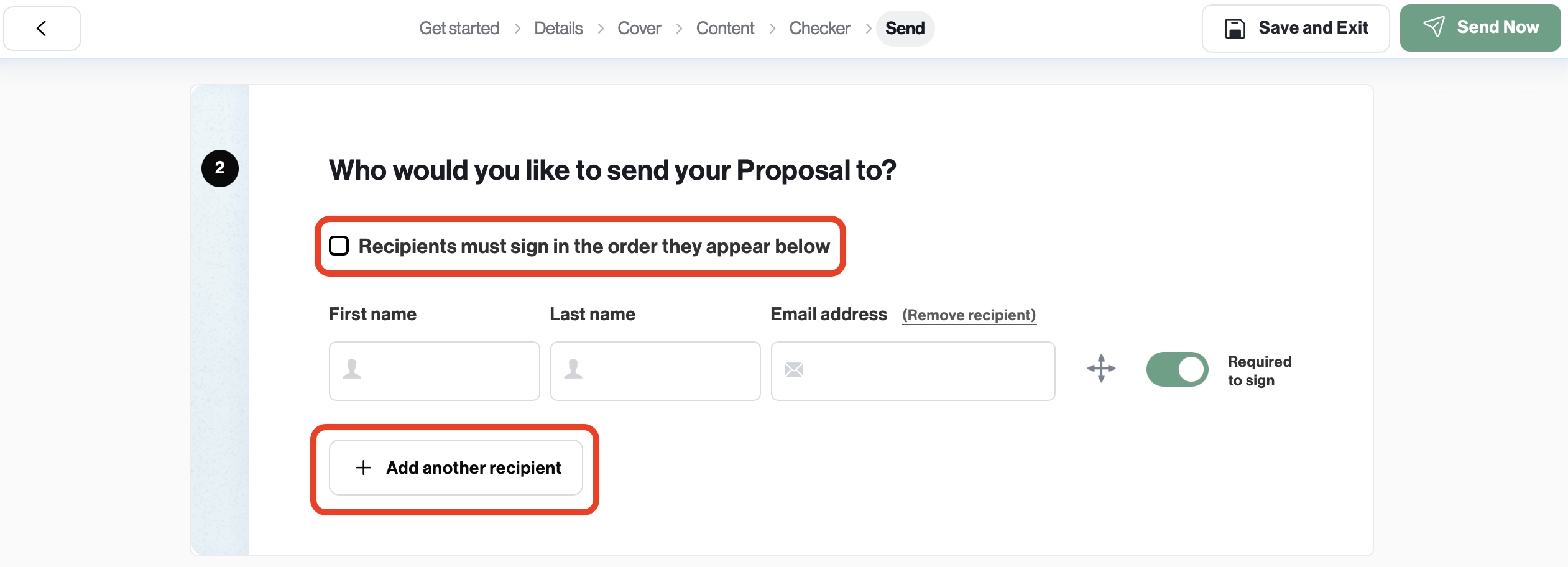
When you add new recipients, the Required to sign sliders on the right will be off by default. Click on them to turn them on. Otherwise, the recipients you've added won't be required to sign your proposal.
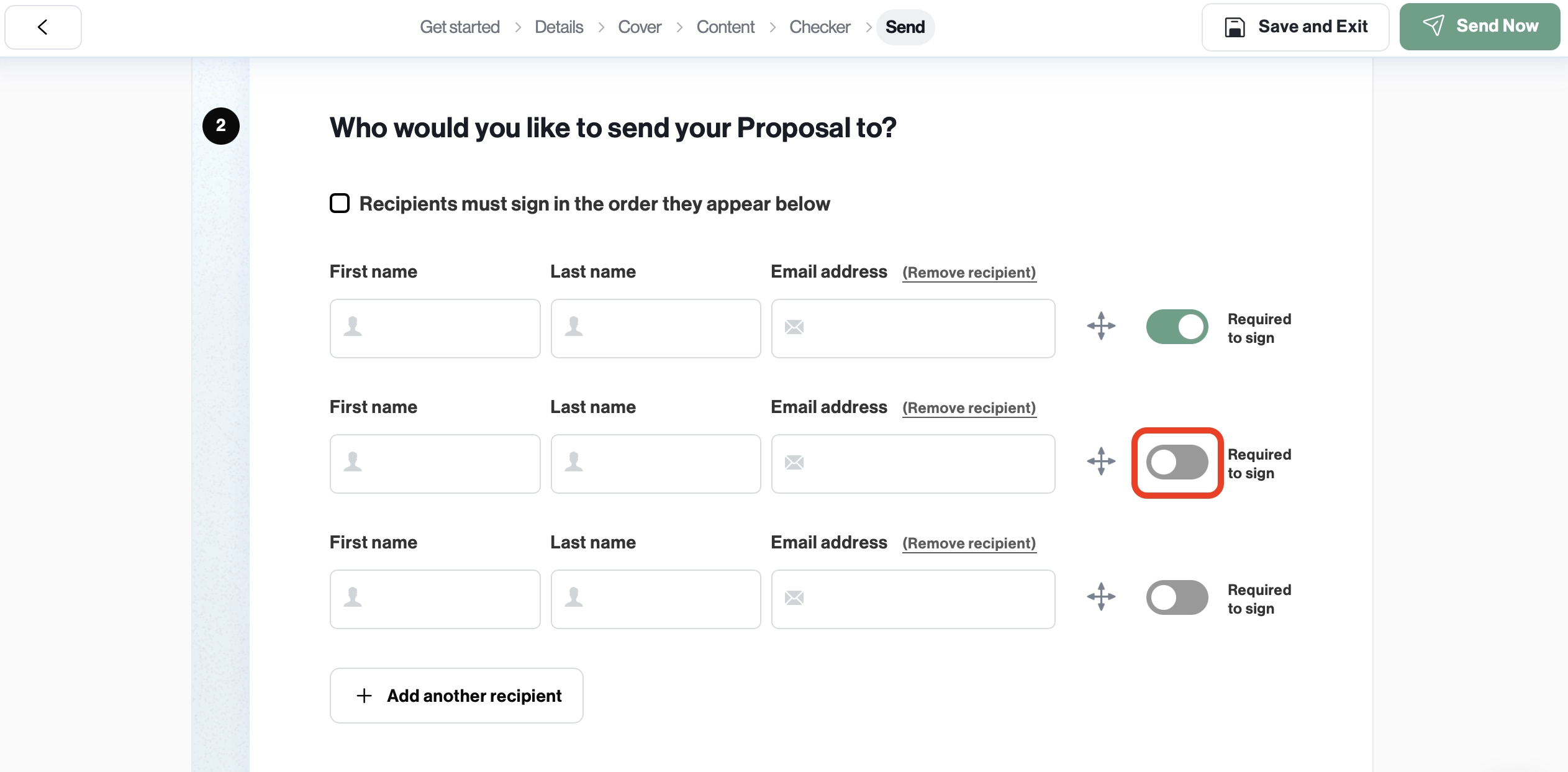
Once you've set up all the sliders, put in your recipients' names and email addresses. You don't need to worry about the correct order while inputting this data.
If you accidentally make a mistake, you can simply drag and drop the signatories into the correct order once you fill out all the information. And if you need to countersign the proposal, just add yourself as one of the recipients. That way, you'll sign the proposal the same way your clients do.
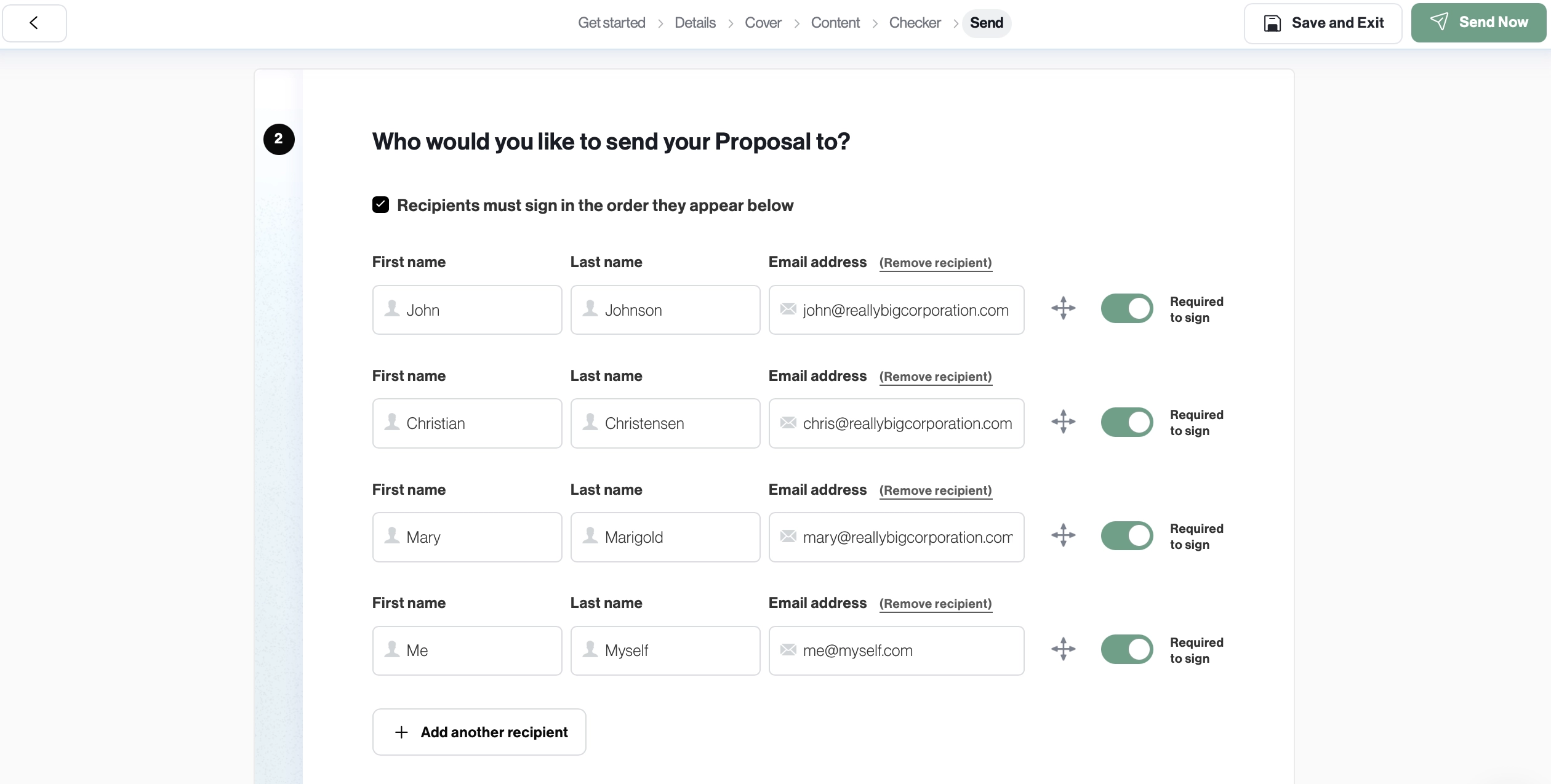
What the Better Proposals signing order looks like for clients
When you've set up a signing order, all your signers get the link to your document at the same time. They can all read and access it as soon as you click on Send.
However, if it is not their turn to sign yet, they won't be able to type in or draw their name. Instead, they will have to wait for the recipients required to sign before them to finish the signing process.
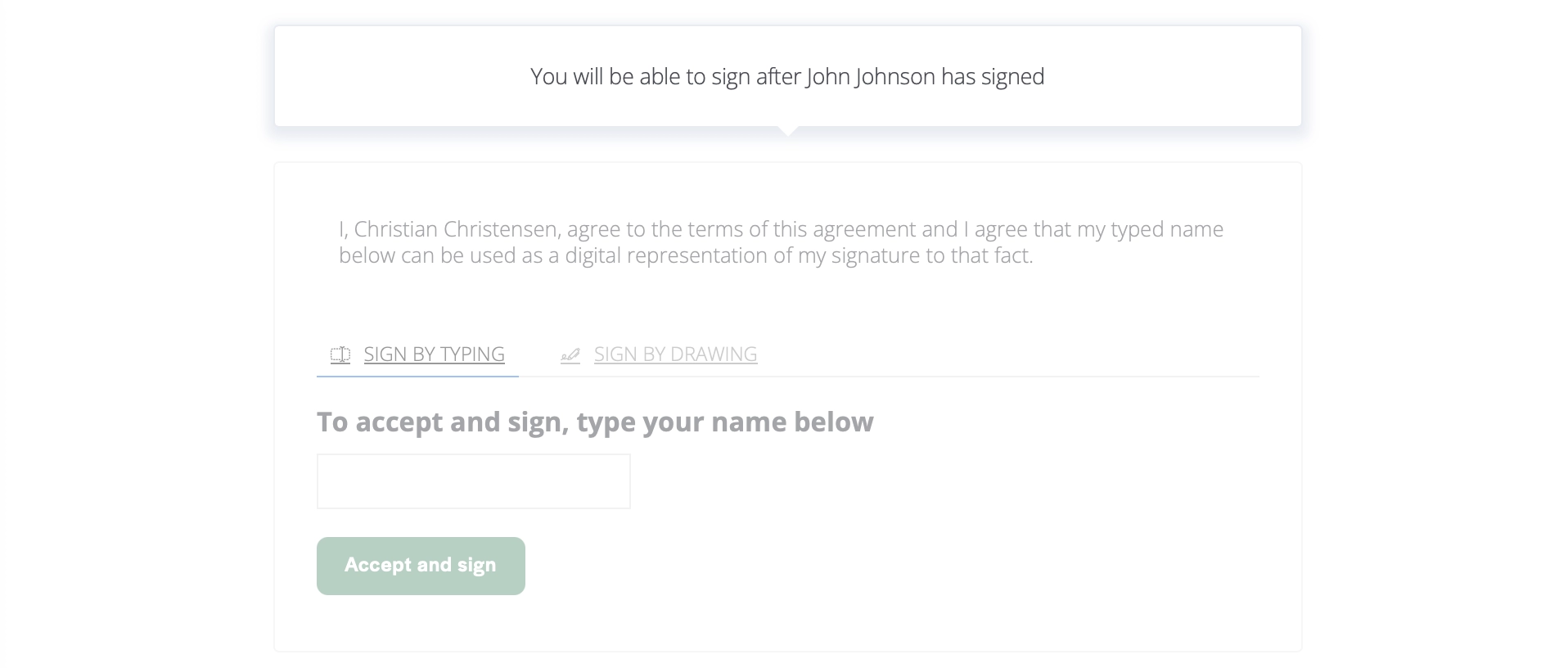
How the signing order affects the choice and optional items
As you already know, you can add choice or optional items into your proposal pricing table. However, keep in mind that only the first person required to sign will be able to select them when you set up a signing order.
That said, if they forget to select any choice or optional items before signing, they can click on Revoke Signature in the signature block. Be careful though - this can only be done up until the point that every person has signed.
Password protection
If you want to add an extra layer of security to your documents, you can password protect them on our Enterprise plan. It's as simple as setting a password in step 4 on the Send page of your proposal.
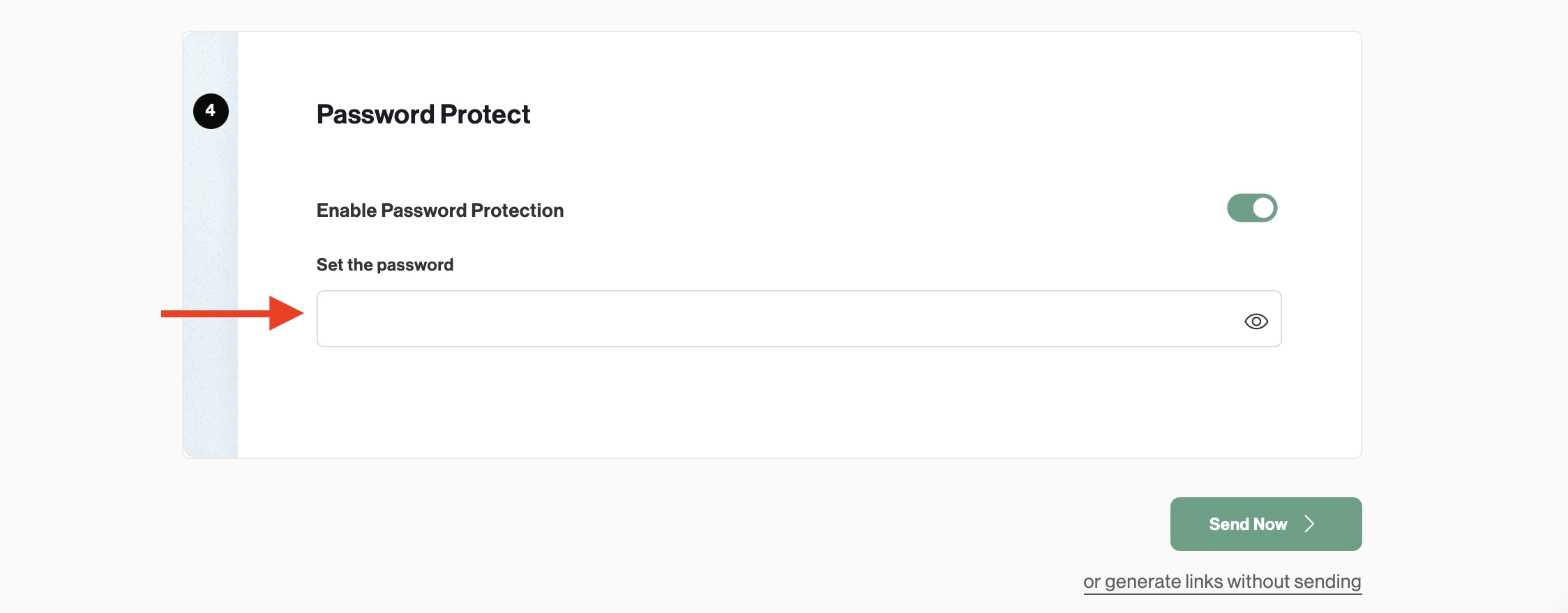
While not everyone will need this additional access step, there are cases where password protection comes in handy. For example, if your client prefers to route all emails to an assistant, a password ensures the contents of your proposal stay confidential. That way, the client will see a screen with your logo on the left and a password field on the right when they open a proposal.
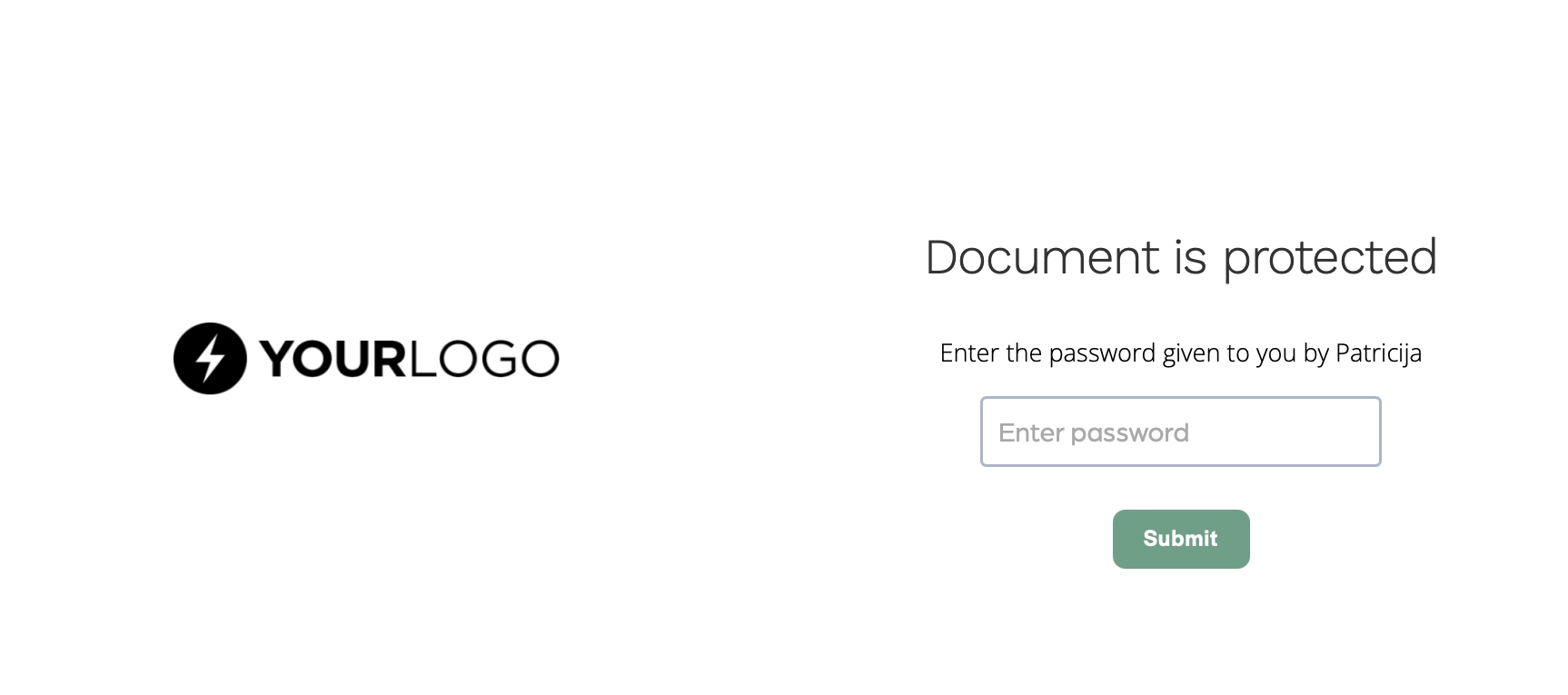
Once they've entered the password, they have access to the proposal for 24 hours before having to enter it again. And if they happen to enter the password incorrectly six times, don't worry - they can try again in three minutes.
What happens after the signing process is done?
With Better Proposals, you get an in-app and email notification every time your documents are received, opened, read, printed, forwarded, and signed. In order to give you a full overview of your signing order workflow and ensure the validity of the digital signatures, we track:
- The date and time your document was opened
- What pages your clients looked at and in which order
- How much time your clients spent on each page
- Who they've forwarded your document to
- What pages they chose to download
- Your client's IP address
When you're collecting multiple signatures, you will get these notifications for each person as they complete any of the above mentioned actions. This means you'll know exactly when each person has signed, as well as when all the signature requests have been completed.
Wrapping up
When you're closing deals with more complex workflows and several decision-makers, there's no way around setting up a signing order. Luckily, it doesn't have to be a nightmare if you use specialized software like Better Proposals.
To see how it works first-hand, sign up for our free trial or upgrade your plan. Need more convincing or aren't sure we're the right choice? Our support team will be happy to answer any questions - for 24 hours a day.

